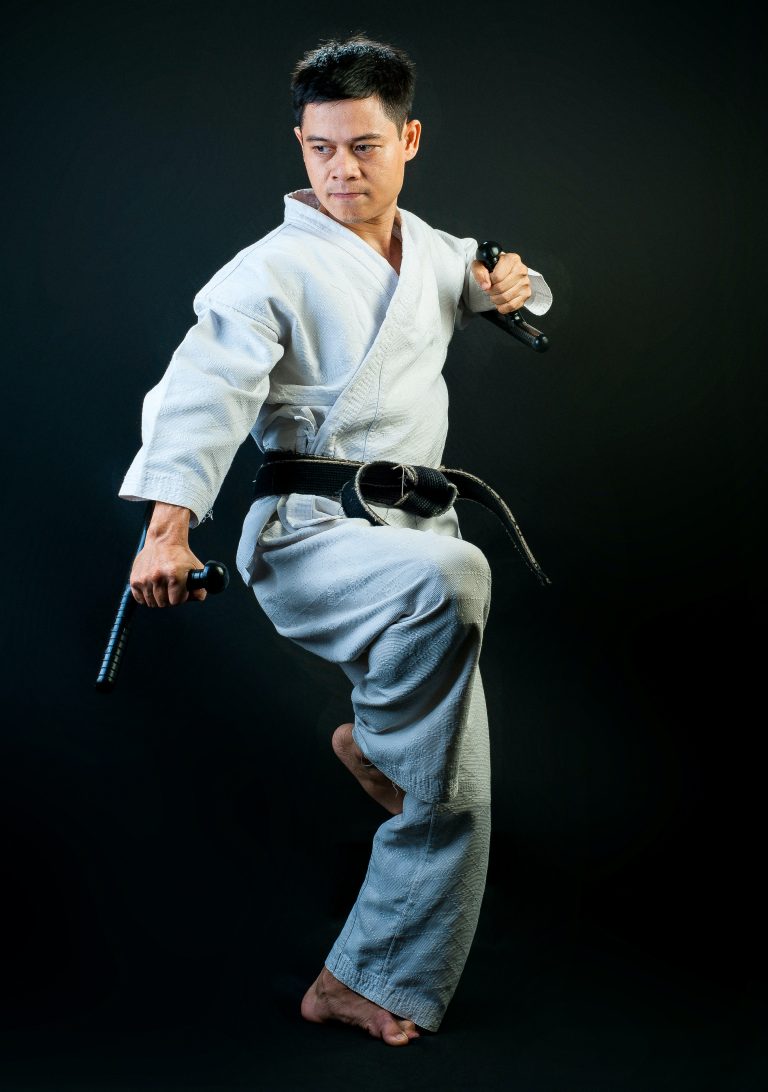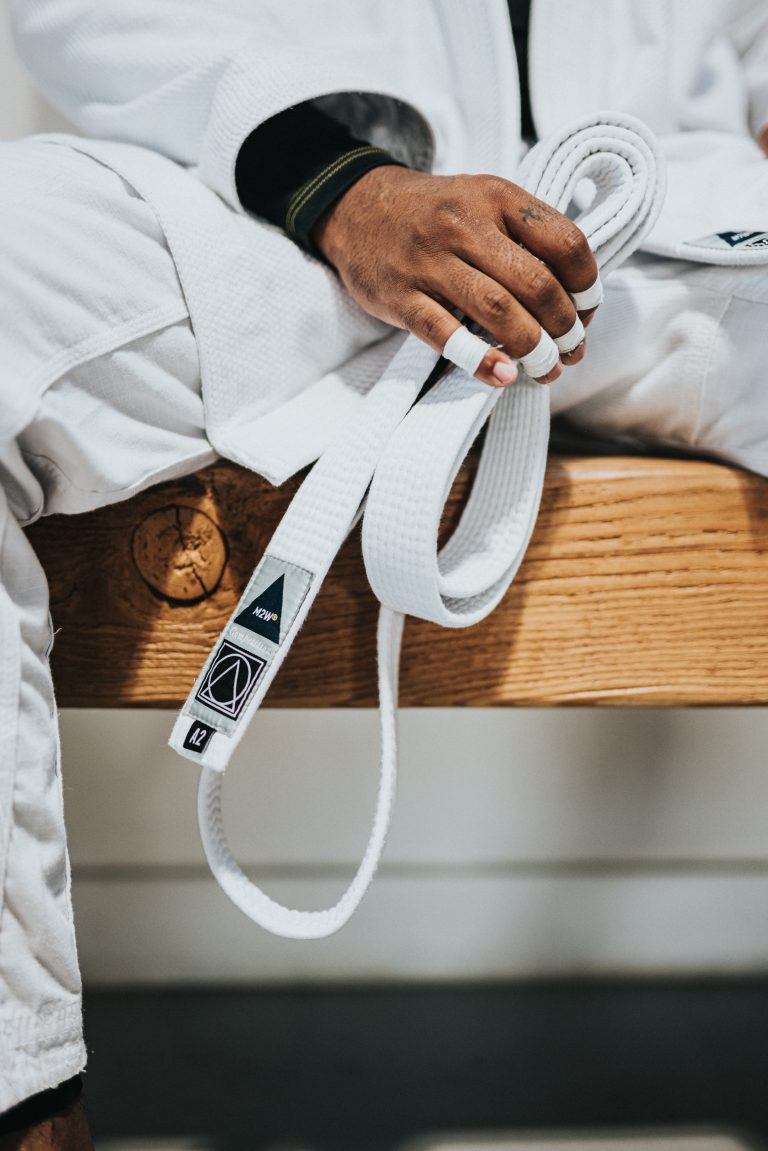How to Learn Karate for Beginners: A Step-by-Step Guide
Karate is a martial art form that originated in Japan and has become popular all around the world. Besides being a great way to stay fit and healthy, karate also teaches valuable life lessons such as discipline, focus, and determination. If you’re interested in learning karate as a beginner, this guide will help you get started.
Step 1: Find a Karate School
The first step to learning karate is to find a local dojo or karate school. Look for schools that are accredited and have experienced and qualified instructors who are certified by recognized governing bodies. You can start by doing an online search, asking for recommendations from friends or family, or checking out local directories.
Step 2: Understand the Basic Principles of Karate
Before you start learning the physical techniques of karate, it’s essential to understand the principles that underlie the martial art form. Karate practitioners follow the principles of respect, discipline, self-control, and humility. It’s also essential to learn about the various components of karate, such as katas (pre-arranged sequences of moves), techniques, and sparring.
Step 3: Learn the Basics Techniques
Once you’ve found a karate school and have a basic understanding of the principles of karate, it’s time to start learning the fundamental techniques. This includes learning basic punches, kicks, blocks, and strikes. An experienced karate instructor will teach you these techniques in a step-by-step manner, allowing you to practice and perfect each technique before moving on to the next one.
Step 4: Practice Regularly
Karate requires regular practice, and it’s only by practicing consistently that you’ll be able to master the art form. Make it a point to practice at least two to three times a week, at your local dojo or even at home. Remember, the key to success in karate is consistency, practice, and patience.
Step 5: Take Part in Sparring Sessions
Sparring is an essential aspect of karate training, as it allows you to put your techniques to practice with a partner. During sparring sessions, you’ll learn how to apply your techniques in a real-life situation by trying to score points against your partner. Sparring sessions can be intimidating for beginners, but they’re also an excellent opportunity to boost your confidence and improve your techniques.
Step 6: Keep Learning and Improving
Karate is an incredibly vast and complex martial art form, and there’s always more to learn and improve upon. Besides practicing regularly, make it a point to attend workshops, seminars, and other training sessions to learn from experienced practitioners. Watching videos of professional karate practitioners can also be an excellent way to learn new techniques and improve your form.
Step 7: Challenge Yourself
Karate is a challenging martial art form, and it’s essential to push yourself beyond your limits to improve. Set yourself goals, such as mastering a particular technique or winning a tournament, and work towards achieving them. Remember, the more you challenge yourself, the more you’ll grow as a karateka (karate practitioner).
In
How to Learn Karate for Beginners: Frequently Asked Questions Answered
Karate is a martial art that originated in Okinawa, Japan. It is a popular martial art that is widely practiced around the world. If you are a beginner and want to learn karate, you may have questions about where to start, what to expect during the learning process, and how to succeed. In this blog post, we will answer some of the most frequently asked questions about learning karate for beginners.
Question 1: What Are the Benefits of Learning Karate?
Learning karate has many benefits. Karate helps to improve your physical fitness, including your strength, flexibility, and endurance. It also helps to improve your mental health, including your confidence, focus, and discipline. Karate teaches you self-defense skills, which can help you to protect yourself and others from harm. Additionally, karate can be a fun and social activity, as you may meet new friends who share your interest in martial arts.
Question 2: What Are the Different Styles of Karate?
There are many different styles of karate, each with its own unique techniques and philosophies. Some of the most popular styles of karate include Shotokan, Goju-Ryu, Shito-Ryu, and Wado-Ryu. Each style has its strengths and weaknesses, so it is important to research and try out different styles to find one that fits your goals and preferences.
Question 3: How Do I Choose a Karate Dojo?
Choosing the right karate dojo is important for your success as a beginner. When choosing a dojo, it is important to consider its reputation, location, and instructor credentials. You should also visit the dojo and observe a few classes to see if the teaching style and environment are suitable for you. It is also important to consider the cost and schedule of the classes, as well as the dojo’s policies on testing, graduation, and competing.
Question 4: What Do I Need to Wear for Karate?
For karate classes, you should wear comfortable and flexible clothing that allows you to move freely. Most dojos require students to wear a karate uniform or „gi,“ which consists of a white jacket, pants, and belt. You may also need to wear protective gear, such as a mouthguard or shin guards, depending on the style of karate and the level of training.
Question 5: How Do I Learn Karate Techniques?
Learning karate techniques requires consistent practice and guidance from a qualified instructor. As a beginner, you will start with basic techniques, such as stances, strikes, blocks, and kicks. You will gradually progress to more advanced techniques and combinations, such as kata (forms) and kumite (sparring). It is important to practice each technique with focus, precision, and proper form, and to seek feedback from your instructor and peers.
Question 6: How Long Does It Take to Learn Karate?
Learning karate is a lifelong journey that requires dedication, patience, and perseverance. As a beginner, you may start to see improvements in your fitness, skills, and knowledge within a few months of consistent training. However, it may take several years or even a lifetime to master karate and reach higher levels of proficiency. Your progress will depend on various factors, such as your natural abilities, training frequency, intensity, and quality, and your goals and motivation.
Question 7: How Do I Prepare for Karate Graduation and Testing?
Karate graduation and testing are opportunities for you to demonstrate your skills and knowledge to your instructor and peers. To prepare for graduation and testing, you should review and practice the required techniques and knowledge, such as the kata, kumite, and terminology. You should also maintain a positive attitude, effort, and conduct, and show respect and humility towards your instructor, seniors, and peers. It is important to remember that graduation and testing are not the ultimate goal of karate, but rather milestones on your journey to self-improvement and personal growth.
In conclusion, learning karate as a beginner can be both challenging and rewarding. By asking the right questions and seeking the best answers, you can start your karate journey with confidence and purpose. Whether you want to improve your fitness, self-defense skills, or personal development, karate can offer you a path of lifelong learning, growth, and fulfillment.
How to Learn Karate for Beginners: A Step-by-Step Guide
Karate is a martial art that originated in Japan and involves a variety of striking techniques, including punches, kicks, and knee strikes. It also includes grappling, joint locks, throws, and other techniques. If you’re a beginner who wants to learn karate, this step-by-step guide will help you get started.
Step 1: Find a Karate School or Instructor
The first step in learning karate is finding a good instructor or school. Look for a place that has experienced instructors who are willing to work with beginners. Consider the instructor’s qualifications, experience, and teaching style. Ask friends, family, or co-workers for recommendations or search online for local karate schools.
Step 2: Get the Right Gear and Clothing
Every sport requires some specialized gear and clothing, and karate is no exception. Here are some of the things you’ll need:
- Karate uniform (gi)
- Belt
- Hand wraps
- Mouthguard
- Gloves (optional)
- Shin guards (optional)
You can buy this equipment online or from a martial arts store.
Step 3: Learn the Basic Techniques
The basic techniques of karate include punches, kicks, and blocks. Your instructor will teach you these techniques, and you’ll practice them repeatedly until they become second nature. Here are some of the basic techniques that you’ll learn:
- Straight punch (choku-zuki)
- Front kick (mae-geri)
- Roundhouse kick (mawashi-geri)
- Reverse punch (gyaku-zuki)
- Block (uke)
Step 4: Practice Kata
Kata is a Japanese term that refers to a series of movements that simulate a fight against imaginary opponents. Kata is an essential part of karate training, and you’ll learn various kata as you progress.
Step 5: Spar with Other Students
Once you’ve learned the basic techniques and kata, you’ll start sparring with other students. Sparring is a crucial part of learning karate because it teaches you how to apply your techniques in a real fight.
Step 6: Test for Belt Progression
Karate uses a belt system to indicate a student’s level of proficiency. The belts start with white and progress through yellow, orange, green, blue, purple, and brown before reaching black. As a beginner, you’ll start with a white belt and gradually progress to higher levels by demonstrating your skills in front of your instructor.
Step 7: Keep Practicing
Learning karate is a lifelong journey, and you’ll need to practice regularly to improve your skills. Even after you’ve earned your black belt, you’ll continue to practice and refine your techniques.
Conclusion
Learning karate is a great way to improve your physical fitness, learn self-defense skills, and build your self-confidence. Finding a good instructor or school, getting the right gear and clothing, learning the basic techniques, practicing kata, sparring with other students, testing for belt progression, and continuing to practice are all important steps in learning karate. With dedication and hard work, you can become a skilled karate practitioner.
Inhaltsverzeichnis






